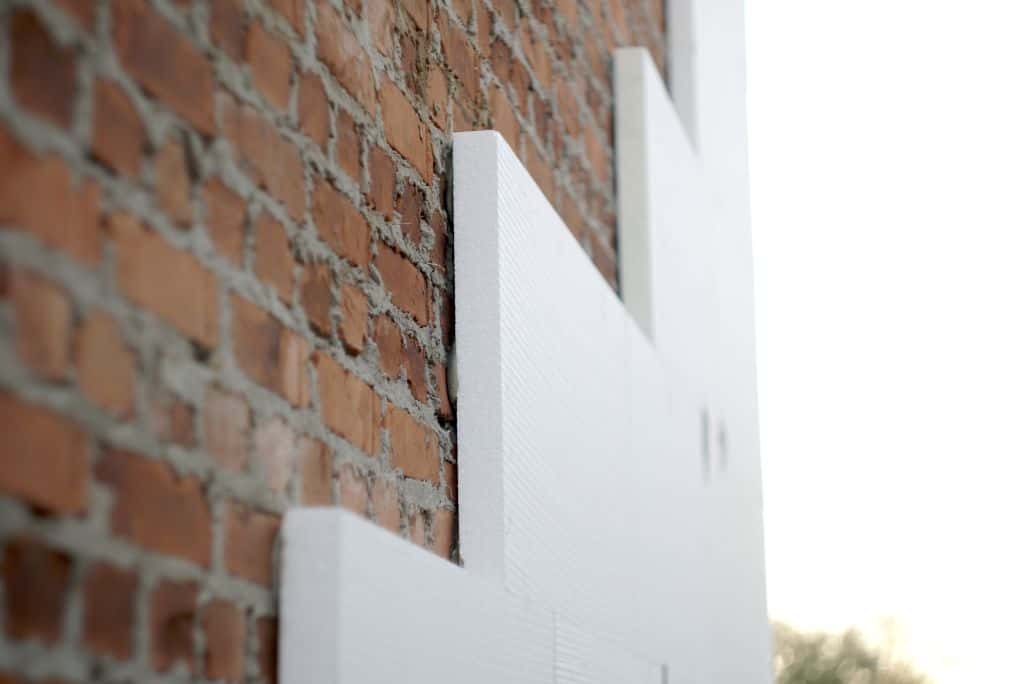EPS Defined
EPS is a product that’s available in different variations and is used in a wide range of applications. Regardless of its variation, most EPS products are made of polystyrene.
Essentially, polystyrene is a form of polymer that’s derived from styrene. Styrene is made from petroleum. Thus, polystyrene has thermoplastic properties such that it melts upon exposure to heat and can spread a fire quite quickly.
As a result, it’s categorized as an easily ignited or highly flammable building product.
EPS became a preferred construction material across Australia due to its ability to withstand extreme climatic conditions. EPS panels are used in construction due to several advantages including:
- Lightweight
- Easy to work with and install
- Low maintenance
- Cost-effective
- Great insulation properties (offers durable and effective thermal insulation)
EPS and ACP are closely related in terms of advantages. Also, EPS can cause fire disasters like ACP. The polystyrene composition of EPS makes it a superb insulator. However, it’s highly flammable.
EPS is ideal for use in several applications in the construction industry including paneling cold rooms, cladding facades, and making various building features.
Some of the commonly used EPS products are cladding materials and sandwich panels. These two EPS products are mostly used in cladding facades.
However, sandwich panels are more commonly used in cladding food processing plants and cold rooms due to their insulating, hygienic, and airtight properties.
Sandwich panels mainly comprise two metallic faces that are laminated on polystyrene. Although they closely resemble ACP, they’re thicker and comprise a higher amount of flammable material.
The EPS used in cladding is similar to fiber cement (FC) sheets. Render is applied over the EPS material. Thereafter, it’s painted with a preferred colour.
It’s often hard to identify EPS due to the finishes used over the cladding. The available materials and finishes include metal, paint, and render.
Its disguised look makes it look like corrugated metal, concrete, or block. Since its disguised look makes it more dangerous, you need to take caution when using it on your property to avoid causing a fire tragedy.
Conclusion
Currently, EPS is a product that puts the property management and construction industry at high risk.
Most people underestimate the potential of EPS in causing tragedies due to its combustible and flammable properties.
Thus, it should be used cautiously and treated properly to reduce the risk of causing tragedies.

